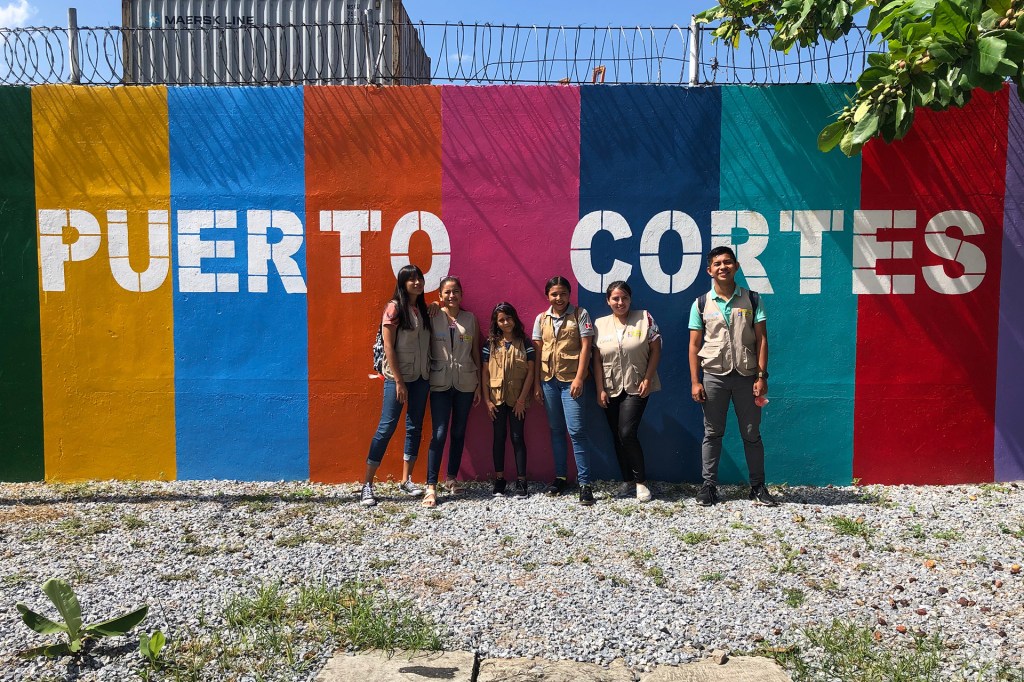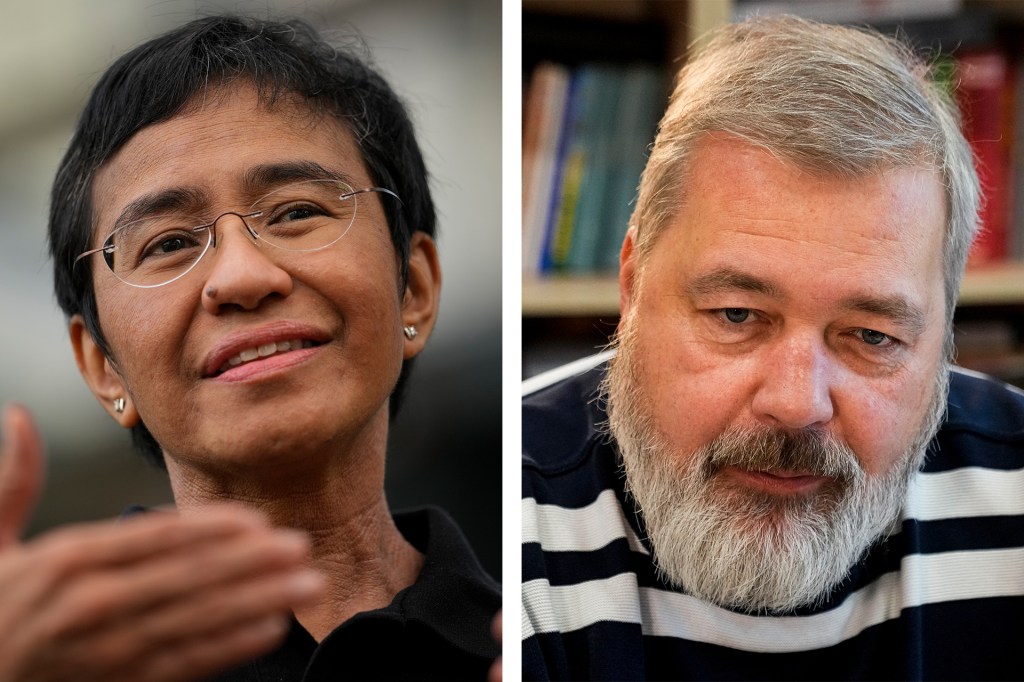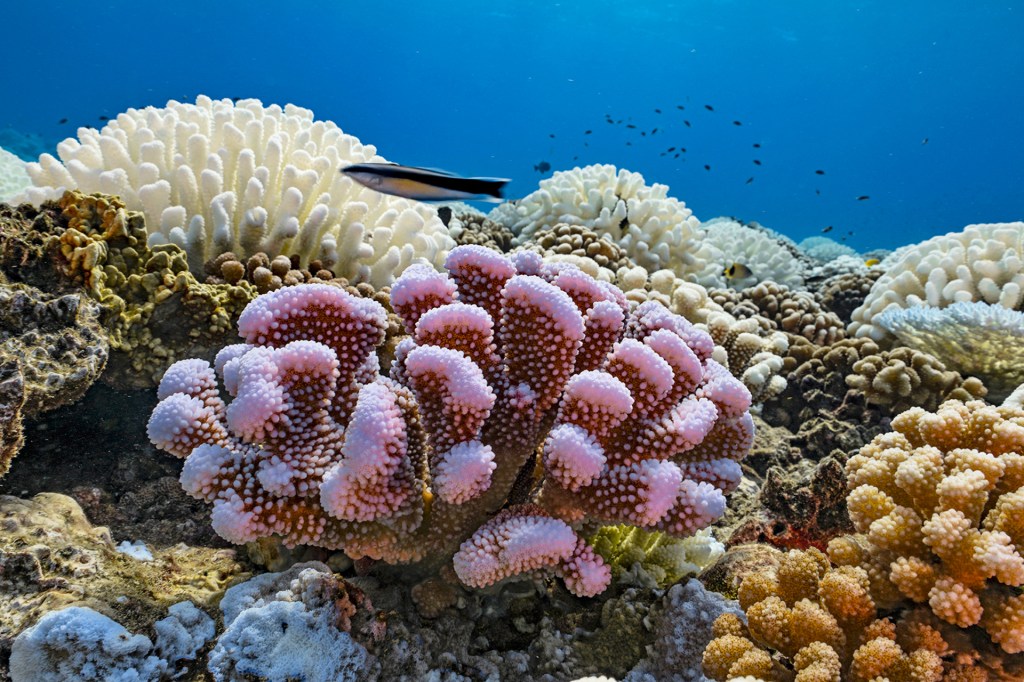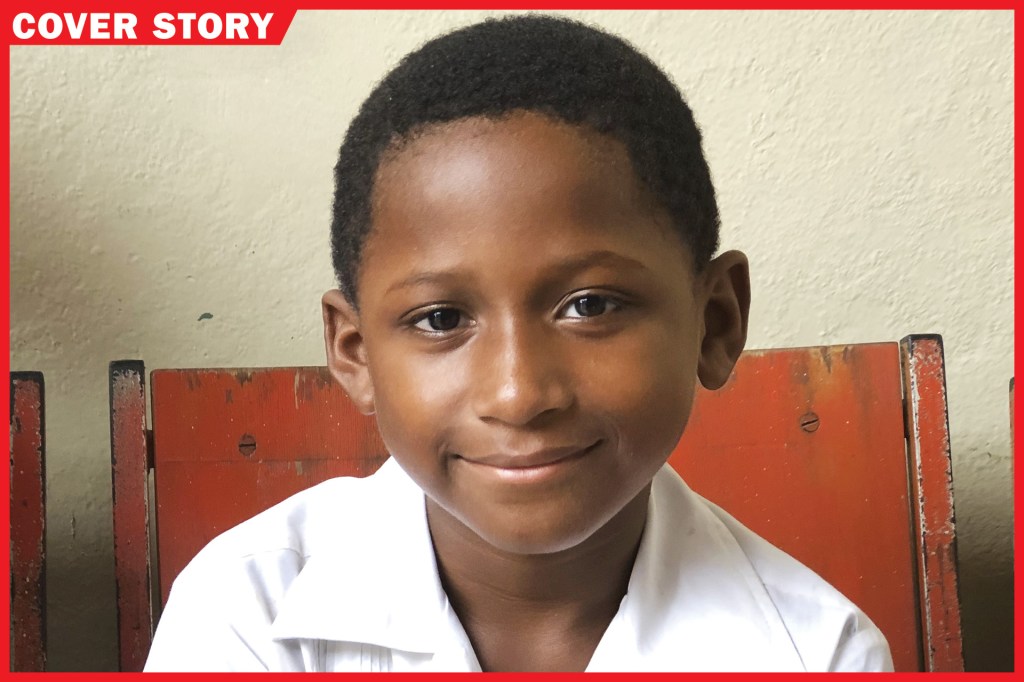

LA LIMA, Honduras—It’s 9:00 on a steamy August morning. Students at the Gabriela Mistral school playfully line up. They stand between two yellow cords in the school courtyard. A volunteer from the Honduran Red Cross calls out a question. “Do you have a family member who has left the country?” To answer no, kids step over the cord on their right. To answer yes, they step left. Nearly all 15 students step left.
In most cases, the family member has gone to the U.S. “Some children, their parents migrate
migrate
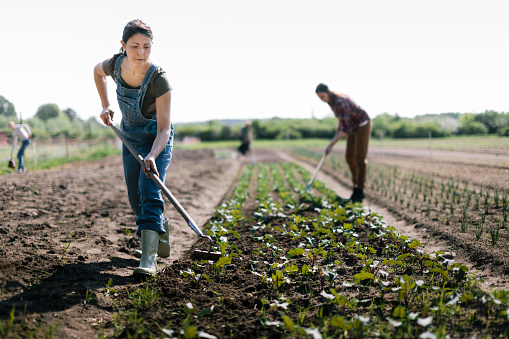 HINTERHAUS PRODUCTIONS/GETTY IMAGES
to move from one country or place to another
(verb)
Hundreds of farmworkers migrate to Texas each summer to harvest vegetables.
and they stay here,” Karen Martínez tells me in Spanish. She’s a Red Cross volunteer. She helps kids affected by migration. Sometimes, families go north together. Other times, kids go alone.
HINTERHAUS PRODUCTIONS/GETTY IMAGES
to move from one country or place to another
(verb)
Hundreds of farmworkers migrate to Texas each summer to harvest vegetables.
and they stay here,” Karen Martínez tells me in Spanish. She’s a Red Cross volunteer. She helps kids affected by migration. Sometimes, families go north together. Other times, kids go alone.
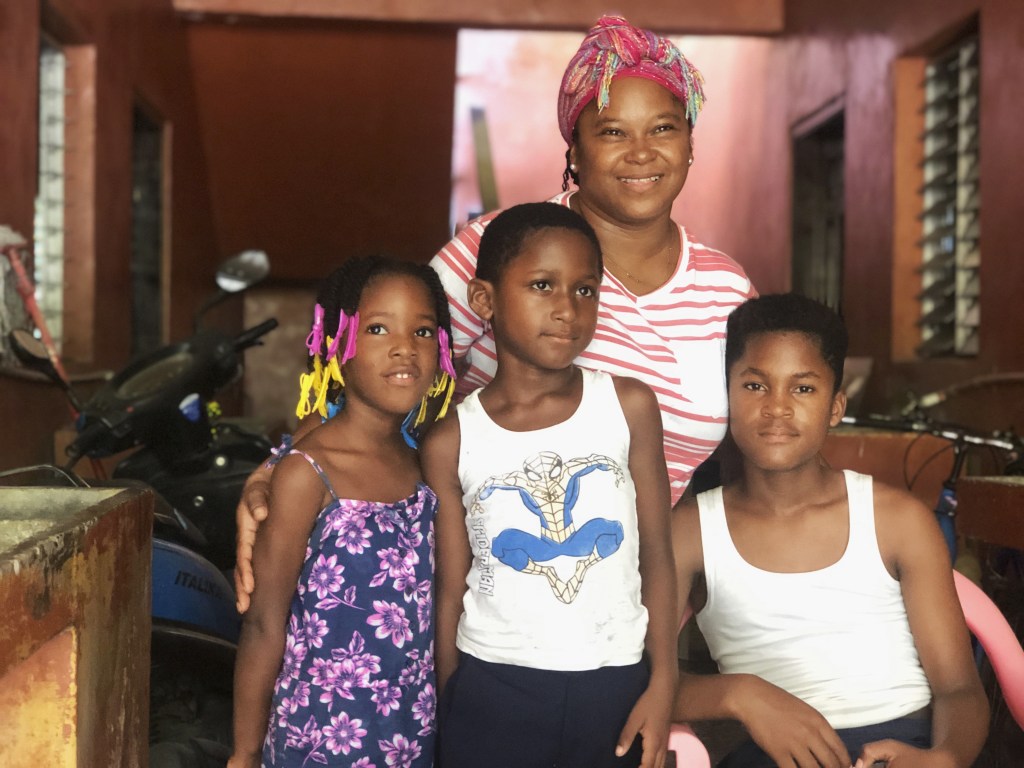
FAMILY MATTERS Akon Spencer (right) poses with a cousin; his brother, Laer; and his mom, Selma Blanco, in La Lima.
JAIME JOYCE FOR TIME FOR KIDSAkon Spencer takes part in the activity. He’s 12. He wants to play professional fútbol (soccer). His mom and 7-year-old brother, Laer, are watching. The three of them left for the U.S. in April. Their goal was to be with the boys’ grandfather, in New York City.
“Most of the time, we traveled by bus,” Akon tells me. We talk at the family’s small home. It’s on a dirt road near the school. “In Guatemala, we walked part of the way.” But in Mexico, they were stopped. They were held in detention. In May, they were sent back to Honduras on a bus with other migrants. This can happen if a person does not have the documents needed to formally cross the U.S.-Mexico border.
“I love my country,” Akon’s mom, Selma Blanco, says. “But the dream is for a better future for my kids.”
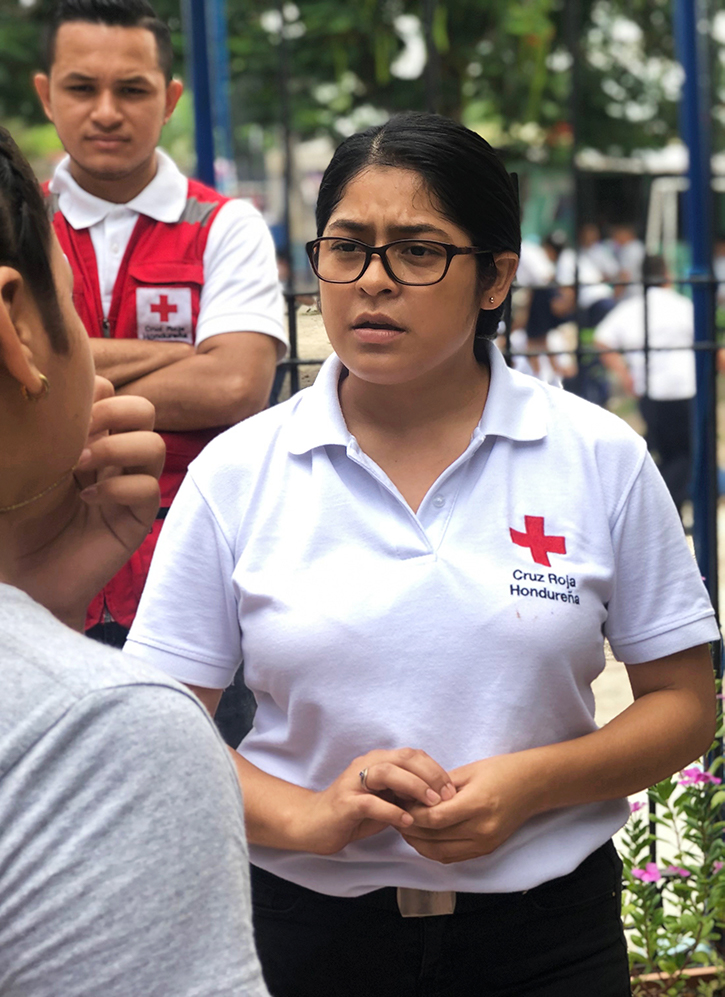
SUPPORT NETWORK The Honduran Red Cross helps kids affected by migration. Here, Karen Martínez talks with a student.
JAIME JOYCE FOR TIME FOR KIDSPeople On the Move
Since October 2018, at least 900,000 migrants and people seeking asylum (see “Seeking Safety”) have arrived at the southwestern U.S. border. Most come from one of three countries in Central America. These are Honduras, Guatemala, and El Salvador.
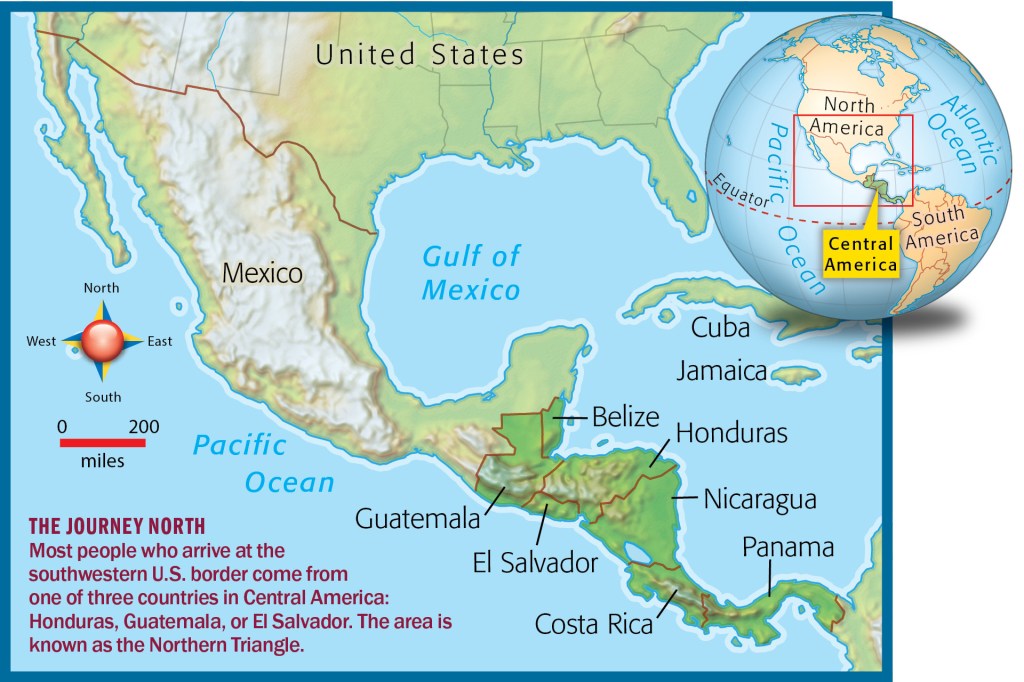
MAP BY JOE LEMONNIER FOR TIME FOR KIDS
Some people come to escape poverty
poverty
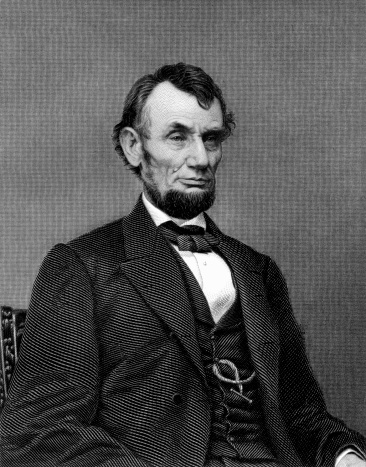 WYNNTER—GETTY IMAGES
the state of being poor
(noun)
Abraham Lincoln was born into poverty but went on to become president.
. In Honduras, more than 66% of the population lives in poverty. Others are fleeing
flee
WYNNTER—GETTY IMAGES
the state of being poor
(noun)
Abraham Lincoln was born into poverty but went on to become president.
. In Honduras, more than 66% of the population lives in poverty. Others are fleeing
flee
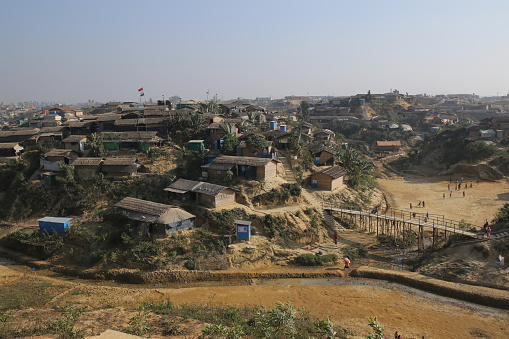 REHMAN ASAD—GETTY IMAGES
to run away
(verb)
After fleeing violence in their home country, the family lived in a refugee camp.
violence. Gangs control entire neighborhoods in Honduras. They demand money from people.
REHMAN ASAD—GETTY IMAGES
to run away
(verb)
After fleeing violence in their home country, the family lived in a refugee camp.
violence. Gangs control entire neighborhoods in Honduras. They demand money from people.
Often, it’s a combination of things that pushes someone to leave. For many in Central America, life is tough. People go north even though the U.S. government has strict rules in place to stop what it says is an overwhelming number of people arriving at the border.
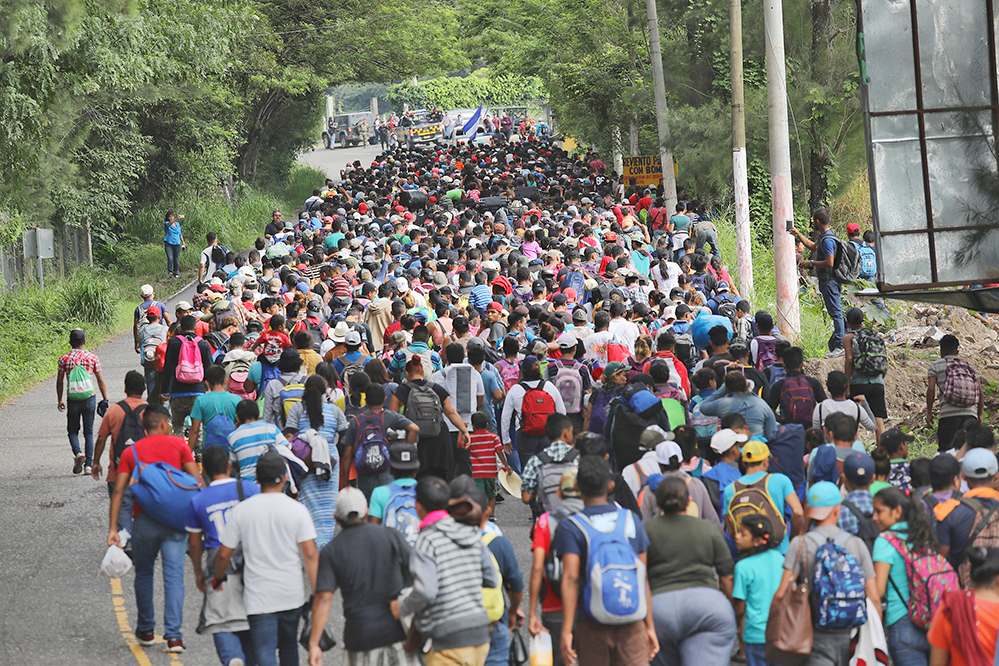
LONG ROAD One of the largest groups of migrants left Honduras in October 2018. Here, they walk through Guatemala toward the U.S.
JOHN MOORE—GETTY IMAGESTo Stay or to Go?
Luis Amaya is the principal at Gabriela Mistral. He says that in the past year, 1,800 students from the area have left for the U.S.
“We try to give them all the support they need. But many parents still think it’s better to migrate,” Amaya tells me. “They say, ‘We are still unemployed. There is still gang activity, there is still corruption
corruption
 MIHAJLO MARICIC—EYEEM/GETTY IMAGES
dishonest or illegal behavior by people in power
(noun)
The lawmaker gave a press conference after a newspaper article accused him of corruption.
. We need to feed our families.’”
MIHAJLO MARICIC—EYEEM/GETTY IMAGES
dishonest or illegal behavior by people in power
(noun)
The lawmaker gave a press conference after a newspaper article accused him of corruption.
. We need to feed our families.’”
“It’s hard,” he adds. “People find themselves in situations where they don’t know where to go or what to do.”
Seeking Safety
Asylum seekers are people who are asking for protection in a new country. They do this because they are in danger in their home country. International law says a person can legally enter a foreign country to ask for asylum. He or she must then meet the legal requirements for protection.
A new U.S. policy could stop most people from Central America from asking for asylum here. The policy says a person must ask for asylum in one of the countries that he or she passes through. For example, a person from Honduras would have to be denied asylum in Guatemala or Mexico before asking in the U.S.
Immigrant-rights groups say they will fight the policy. They say Guatemala and Mexico are also dangerous. They say these countries do not have systems in place to properly handle requests for asylum.
Looking for the cover quiz? After you sign in, click on the Resources tab to search Teaching Resources for printable versions of all our quizzes.

